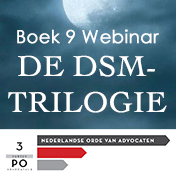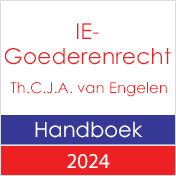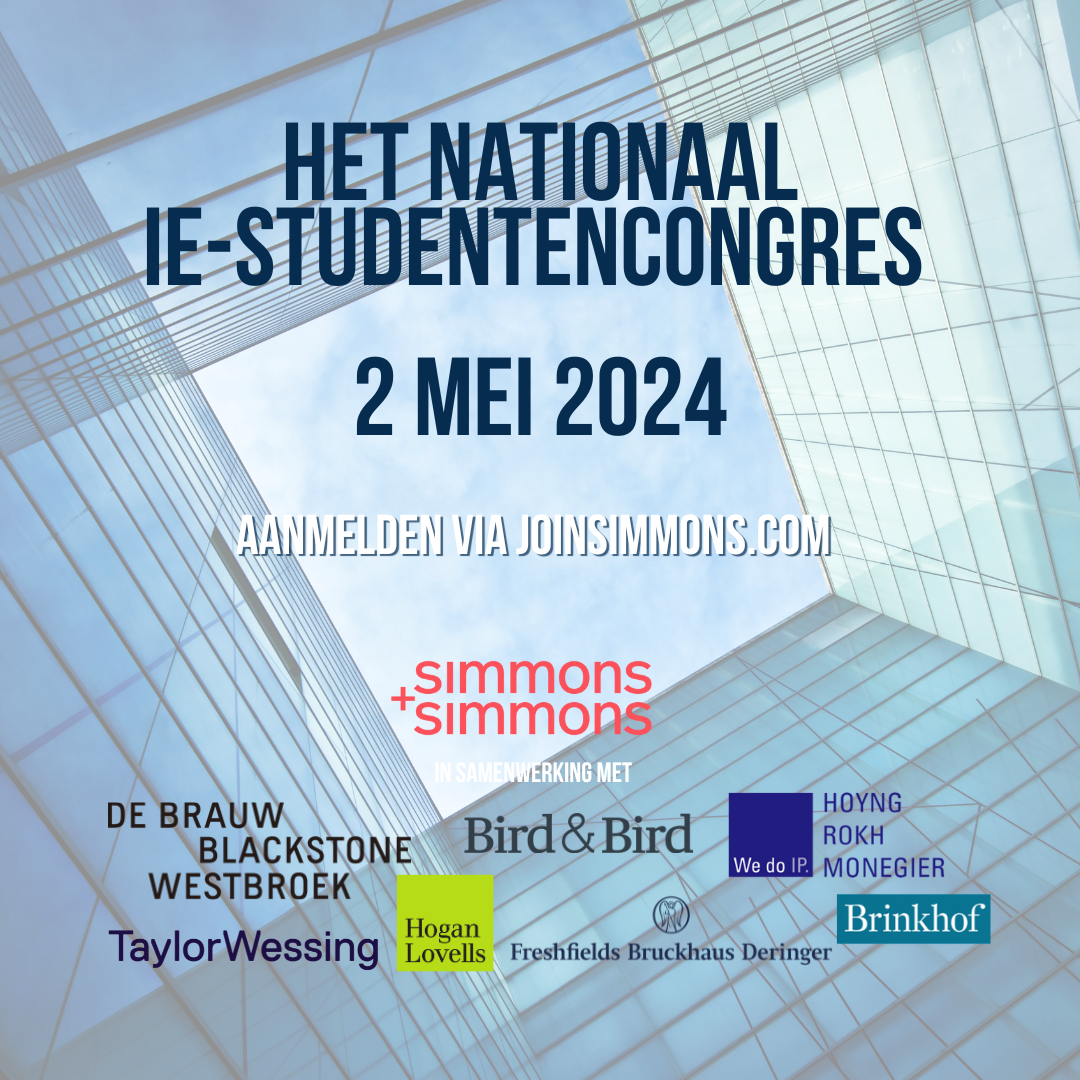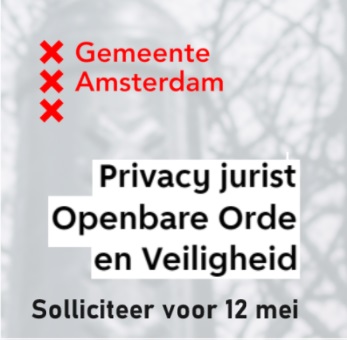
B9 10173. Gerecht EU, 23 september 2011, zaak T-501/08, NEC Display Solutions Europe tegen OHIM/C More Entertainment.
Merkenrecht. Oppositieprocedure o.g.v. nationale woordmerk „CMORE” tegen de registratie van beeldmerk SEE MORE (monitoren). Oppositie toegewezen. De merken zij fonetisch en conceptueel identiek, worden gebruikt voor identieke waren en verwarringsgevaar is dan ook aannemelijk. Of het oudere merk al dan niet beschrijvend is, kan in deze procedure niet worden vastgesteld.
55. In that respect, it should be recalled that the sole fact that the earlier word mark has been registered as a national or international trade mark does not prevent it from being largely descriptive or, in other words, from having only a weak intrinsic distinctive character in relation to the goods and services it covers.
56. In this context, the validity of an international or national trade mark may not be called into question in proceedings for registration of a Community trade mark, but only in cancellation proceedings brought in the Member State concerned.
57. Without examining the question whether the sign CMORE is descriptive for the relevant public, the Court notes that even in a case involving a mark of weak distinctive character there may be a likelihood of confusion on account, in particular, of a similarity between the signs and between the goods or services covered (…) Although the distinctive character of the earlier mark must be taken into account when assessing the likelihood of confusion, it is only one factor among others involved in that assessment (see, to that effect, Limoncello della Costiera Amalfitana shaker, paragraph 56 and case-law cited).
58. Furthermore, the degree of similarity between the goods covered by the marks at issue in this case and the degree of similarity between those marks, considered cumulatively, are sufficiently high to be able to conclude that there is a likelihood of confusion, irrespective of the degree of distinctiveness of the earlier mark.
59. In the light of all the foregoing, the Court considers that the Board of Appeal did not err in finding that the likelihood of confusion could not be excluded.
Lees het arrest hier.



























































